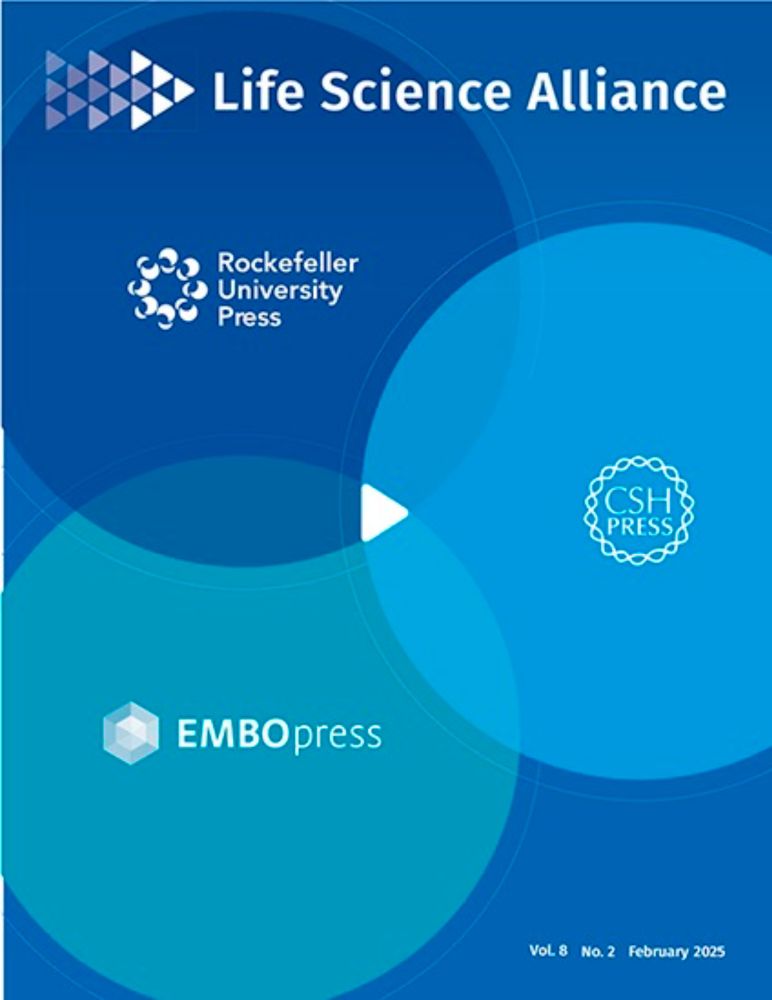Thinks mechanobiology, cellular forces, and cell migration are kinda neat.
#cancer #metastasis #mechanosensing
#mechanoregulation
www.nature.com/articles/s41...

#cancer #metastasis #mechanosensing
#mechanoregulation
www.nature.com/articles/s41...
www.ascb.org/science-poli...
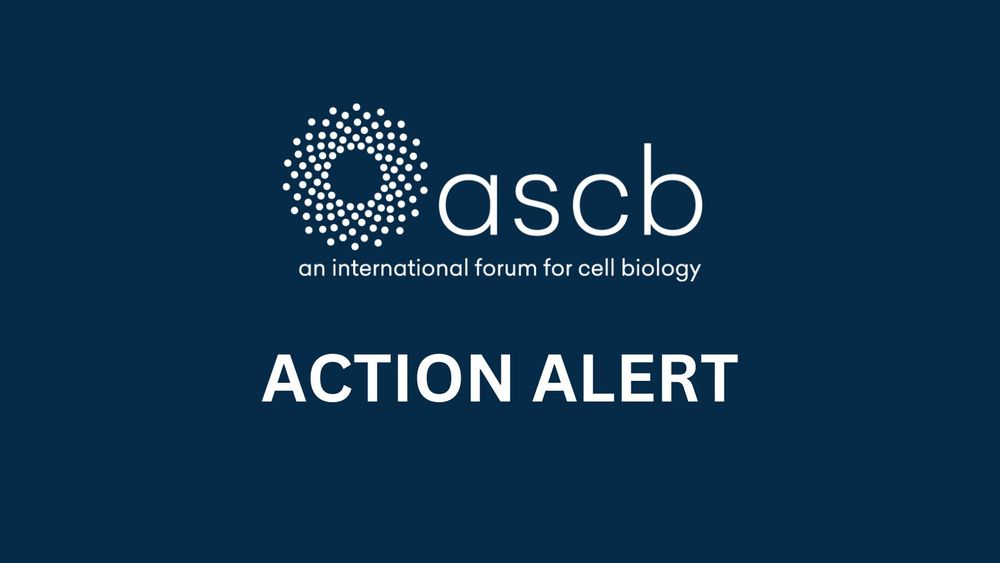
www.ascb.org/science-poli...
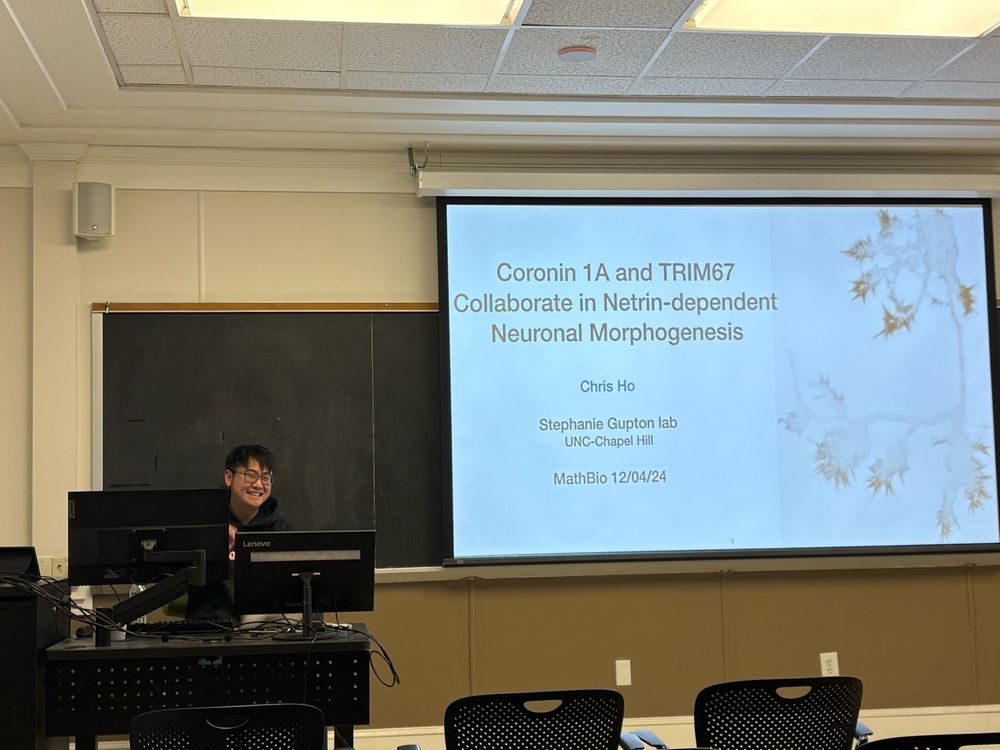
Mutated "convince" healthy to join a lesion via:
💪🏼Forces
🛤️Paths in ECM
🧬Reprogramming
#mechanobiology #TFM
👀 See Shapeti et al. here 👇🏼📰
www.nature.com/articles/s41...

Mutated "convince" healthy to join a lesion via:
💪🏼Forces
🛤️Paths in ECM
🧬Reprogramming
#mechanobiology #TFM
👀 See Shapeti et al. here 👇🏼📰
www.nature.com/articles/s41...
see: doi.org/10.1002/jemt...
@laurawiggins13.bsky.social @globias.bsky.social @eurobioimaging.bsky.social

see: doi.org/10.1002/jemt...
@laurawiggins13.bsky.social @globias.bsky.social @eurobioimaging.bsky.social
What's striking is how this has grown disproportionate to no. of scientists 🧵 2/n


What's striking is how this has grown disproportionate to no. of scientists 🧵 2/n
Check our thread for some of the historic papers moving the technique forward!
Traction Force Microscopy has been instrumental in measuring these forces, revealing the underlying mechanics. Let's explore pioneering papers in this 🧵by @onenimesa.bsky.social & @juliaeckert.bsky.social
Check our thread for some of the historic papers moving the technique forward!
A: Pooling cell-level measurements across multiple runs conceals experimental reproducibility.
Read more in JCB (with @fritzlaylin.bsky.social @katrinavelle.bsky.social & Dyche Mullins): rupress.org/jcb/article/...

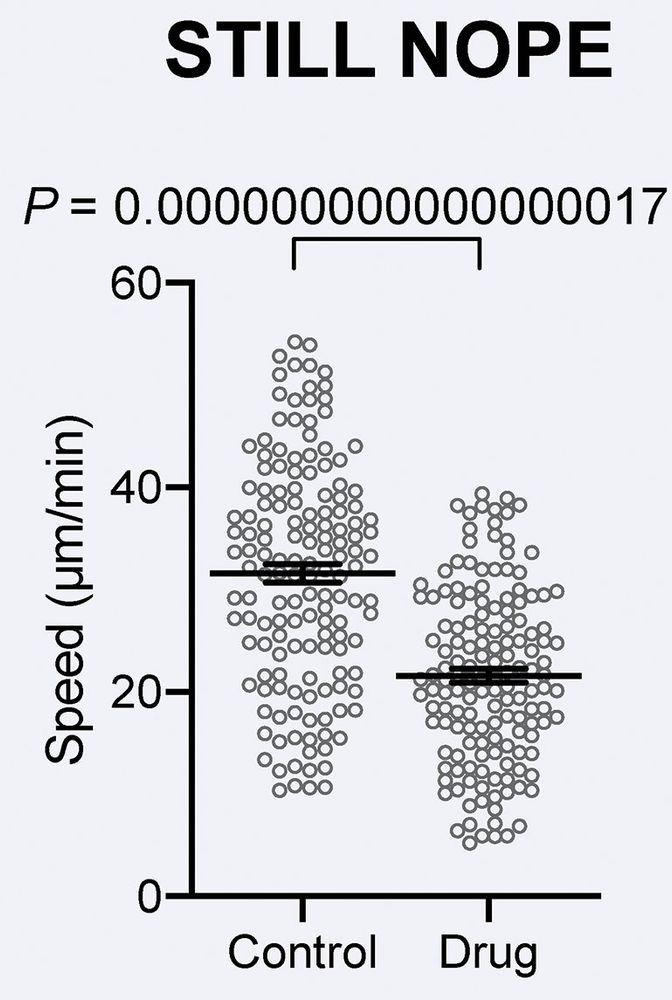
A: Pooling cell-level measurements across multiple runs conceals experimental reproducibility.
Read more in JCB (with @fritzlaylin.bsky.social @katrinavelle.bsky.social & Dyche Mullins): rupress.org/jcb/article/...
Below a Nat Cell Biol paper from the Chen and Weaver groups, of interest to many of us 🧪👇:
www.nature.com/articles/s41...
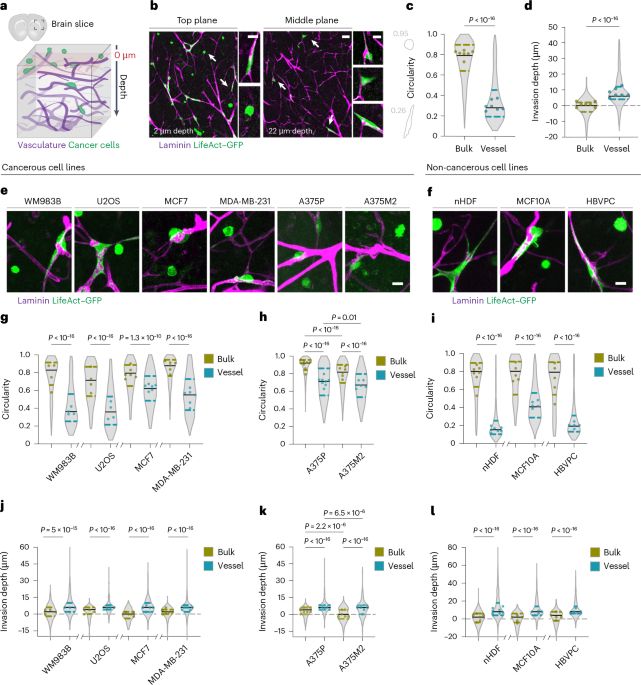
Below a Nat Cell Biol paper from the Chen and Weaver groups, of interest to many of us 🧪👇:
www.nature.com/articles/s41...
doi.org/10.1038/s414...

doi.org/10.1038/s414...

www.biorxiv.org/content/10.1...

www.biorxiv.org/content/10.1...
go.bsky.app/G5cQqYT
go.bsky.app/G5cQqYT
onlinelibrary.wiley.com/doi/full/10....

onlinelibrary.wiley.com/doi/full/10....



